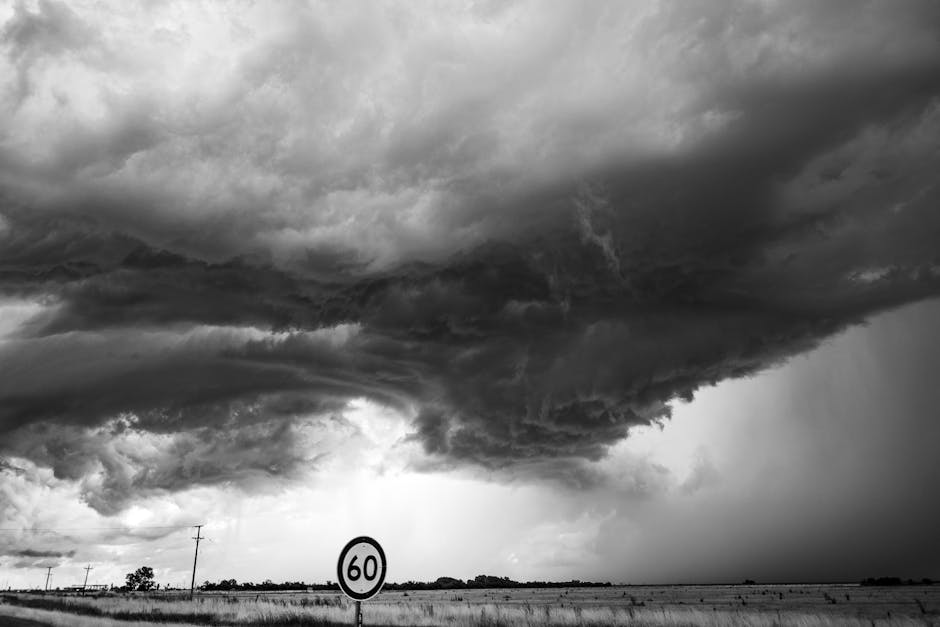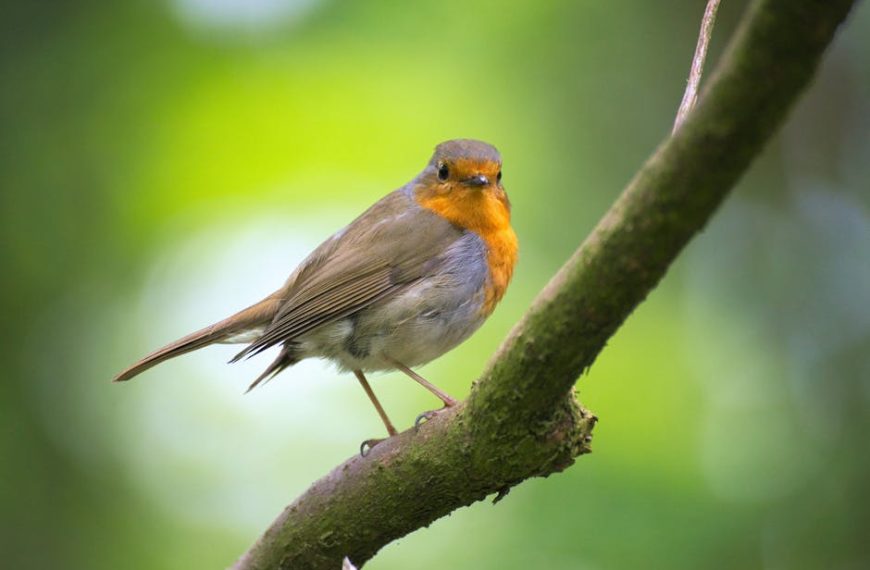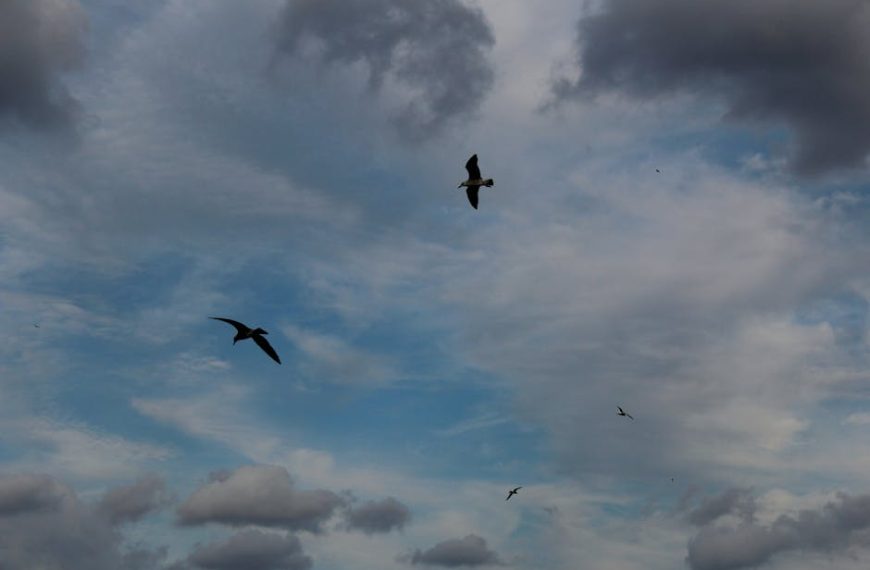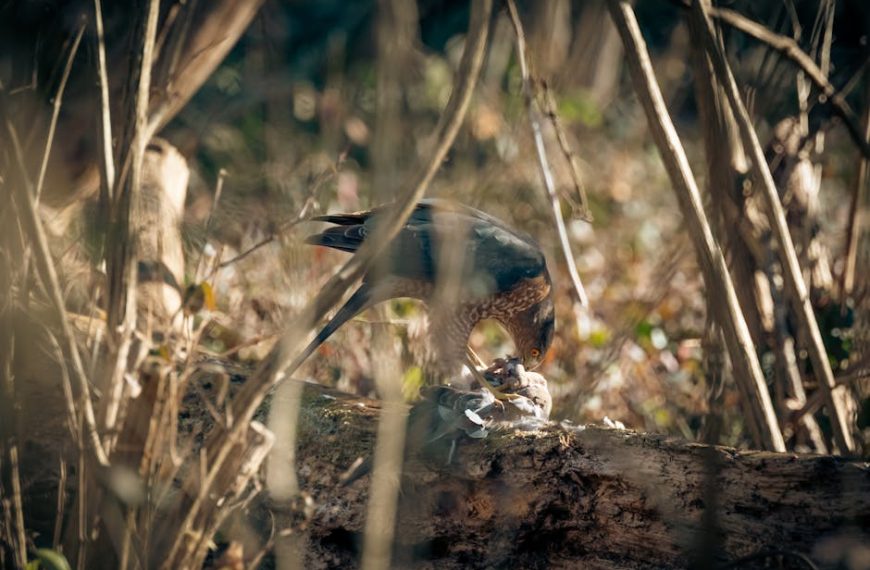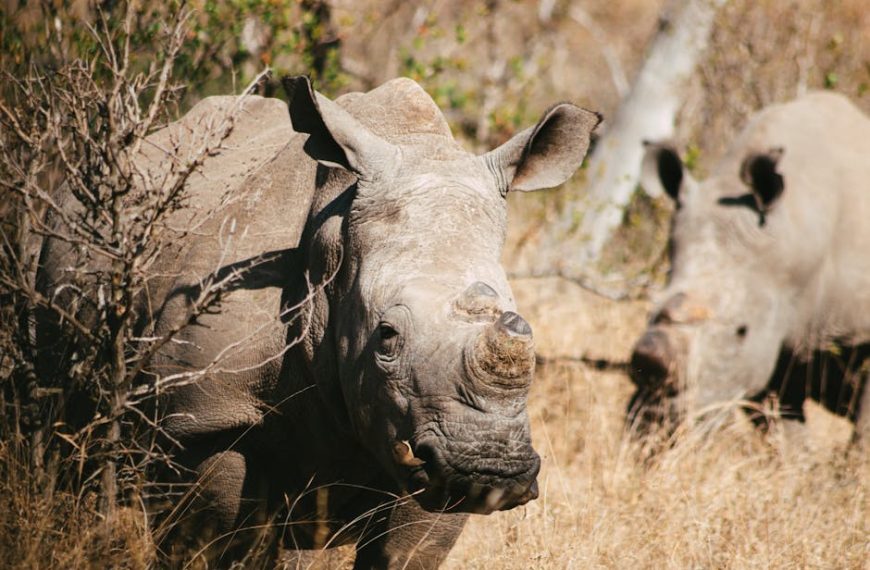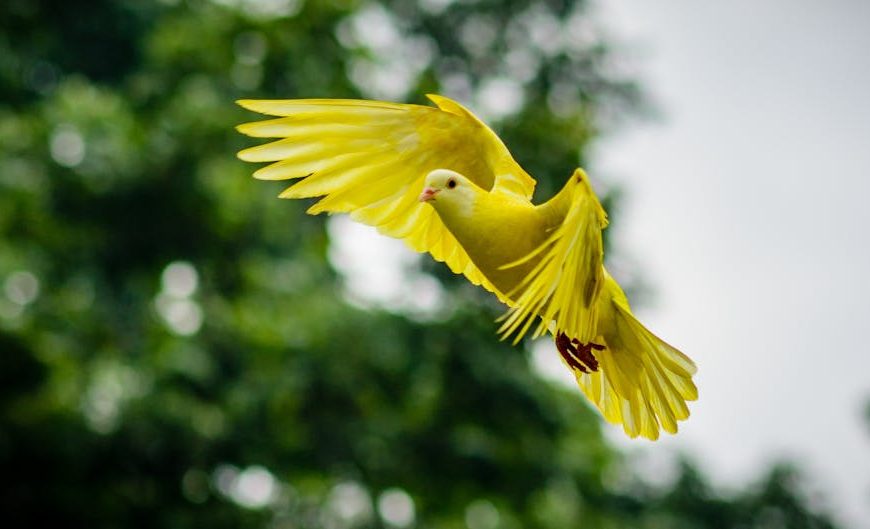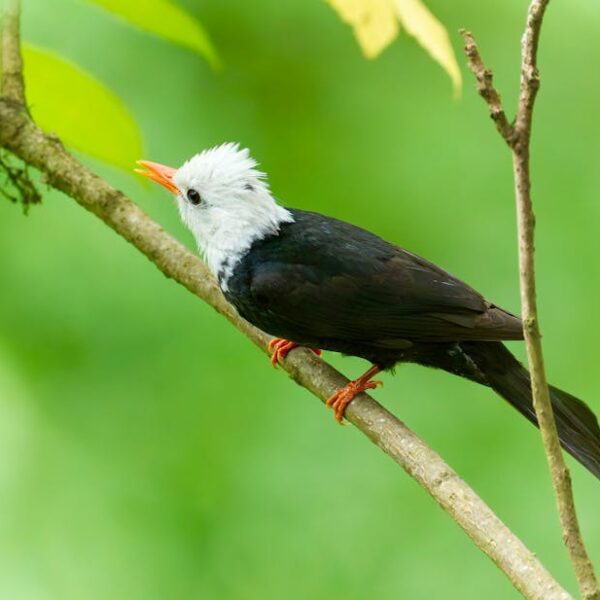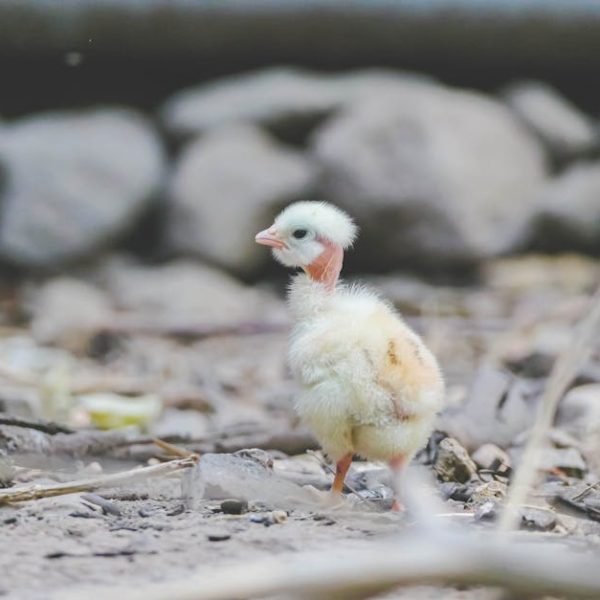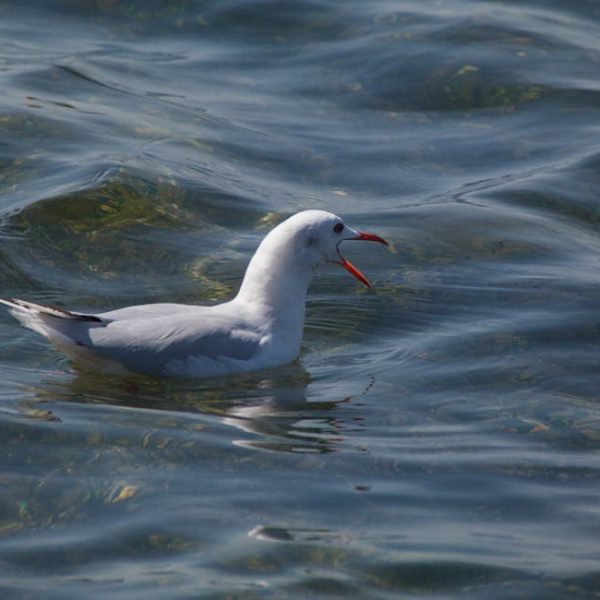Every cloud has a silver lining and for some, it’s as simple as the wonder of seeing birds riding the air currents of a storm. Though they appear to seamlessly manage the gusty winds and rain, their survival through such tumultuous events is nothing short of a tiny little miracle. The secret to their survival is various prerogative tactics. Birds’ shelter-seeking behavior during storms is instrumental in their survival, and understanding these behaviors not only provides fascinating insights into their lives but also informs us about how we can create more bird-friendly environments.
Understanding Bird Behavior During Storms
Birds have adapted remarkably to detect atmospheric changes. For example, they are known to sense the drop in barometric pressure that comes before a storm. This leads to a change in their behavior; they may feed heavily in the period leading up to the storm, storing energy reserves for the weather ahead.
They also react to varying storm severity:
- In anticipation of light to moderate rainfall, some birds may be seen in elevated activity, feverishly feeding and seeking shelter.
- Tackling extreme weather conditions like hurricanes, several species have been found to take flight, choosing to avoid the storm over seeking shelter.
Seeking Shelter: Birds and Their Various Hideouts
Where a bird chooses to hide during a storm largely depends on the species. Some find haven in the branches of trees, tucked close to the trunk where the branches provide some protection. Other species prefer low-lying thickets or undergrowth, while some seek out rock crevices or abandoned burrows.
Pro Tips:
- You can do your part in making your yard a safe haven for birds during storms. Provide diverse planting that offers a variety of shelter options – dense shrubbery for ground-loving species, sturdy trees for others.
- Birdhouses are another helpful option, acting as pre-built hideaways that birds can utilize.
Migration: Birds Escaping the Storm
Sometimes, the best way to avoid a storm is to fly away from it altogether. Many birds monitor the weather and begin their migration based on seasonal weather patterns. Birds like arctic terns, for instance, travel thousands of miles in their migration patterns, showcasing impressive stamina and navigation skills in their pursuit of more favorable weather.
The Impact of Storms on Bird Populations
Heavy storms pose significant threats to bird populations, especially to the most vulnerable – fledglings and eggs. Extreme weather can flood nests, disorient young birds, and disrupt food sources. For instance, during a storm, the insects and seeds that constitute many birds’ diets can become unavailable, presenting a more significant threat than the storm itself.
In comparison to minor storms, major storms can lead to a decrease in birds’ reproduction rates due to loss of habitat and food scarcity.
As our understanding grows around the ways birds manage storms, we can appreciate their resilience and adaptability. This understanding is crucial as unpredictable weather events continually escalate due to climate change.
How Climate Change Is Affecting Birds During Storms
Climate change is causing an increase in the frequency and intensity of storms. This escalation in extreme weather events has serious implications for bird populations. Greater storm intensity can result in more flooded nests, decreased food supply, and larger numbers of disoriented fledglings.
While some species may potentially adapt and benefit from these changes, the majority will likely be negatively affected. For example, birds that rely on specific habitats or food sources may find these resources increasingly disrupted. Meanwhile, adaptable species might gain from the resulting changes in the ecosystem, widening their range, and out-competing less adaptable birds.
Understanding and supporting the bird populations in our backyards is a small, yet significant step towards mitigating the impact we humans have on the environment. As we learn more about the survival tactics that birds employ during thunderstorms, hurricanes, and other severe weather events, it brings an urgent reminder of the resilience of nature. Even as climate change presents a new list of challenges, nature adapts, survives, and even thrives. It’s time for us to learn, appreciate, and adjust our own behavior to support our flying friends.
Key Takeaway:
- Birds possess an instinctive ability to detect atmospheric changes, which allows them to anticipate storms.
- In response to these changes, birds often feed heavily to store energy and engage in behavior to seek shelter.
- The choice of shelter varies among bird species, with some finding refuge in trees, thickets, undergrowth, and birdhouses.
- Some birds choose to fly away from the storm, showing impressive endurance and navigation abilities.
- Heavy storms pose a serious threat to bird populations, particularly nests and fledglings, and can disrupt their food sources.
- Climate change has led to an increase in storm frequency and severity, and this has a significant impact on bird populations.
Despite the challenges storms present to avian populations, birds show incredible resilience and adaptability to these natural occurrences. It’s important for us to observe, learn, and contribute where we can towards creating a safer and more bird-friendly environment. Let’s acknowledge their struggle and support our feathered friends by implementing bird-friendly strategies in our backyards, and raising awareness about these fascinating creatures and their storm survival tactics.
FAQs
Q: How can I make my yard more bird-friendly during storms?
A: You can create a bird-friendly yard by diversifying your plantings. Dense shrubberies can provide shelter for ground-dwelling species, while sturdy trees can offer refuge for others. Installing birdhouses might also help serve as handy hideouts for birds during stormy weather.
Q: Do all birds migrate in response to storms?
A: No, not all birds migrate in response to storms. The decision to flee or seek shelter depends on the severity of the storm and the species of the bird.
Q: How do storms disrupt bird food sources?
A: Storms can disrupt bird food sources in many ways. It can wash away seeds and insects, making them unavailable. This can pose a significant threat to birds as it interferes with their sustenance.
Q: Can climate change have potential benefits to certain bird species?
A: While climate change poses largely negative impacts on bird populations, some adaptable bird species might be able to exploit the changing conditions. They may find additional food resources or widen their range, ultimately outcompeting less adaptable species.
Q: How does climate change affect bird migration?
A: Climate change can impact bird migration in several ways. Changes in temperature and weather patterns may influence the timing of migration, alter traditional migration routes, and even impact the availability of food and habitat along migration paths.
Enjoyed this article? Feel free to share it and explore more insightful posts on our website.
